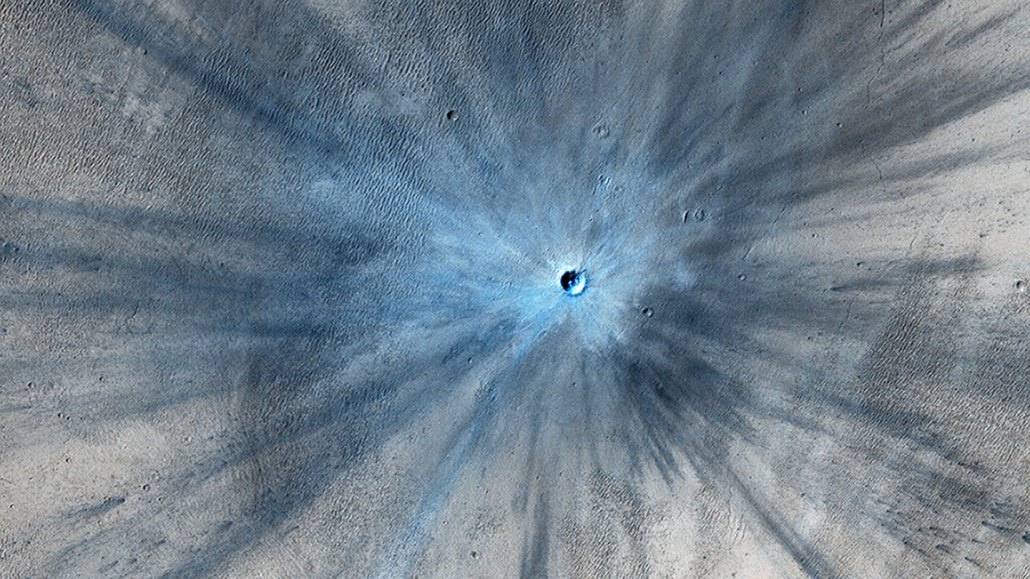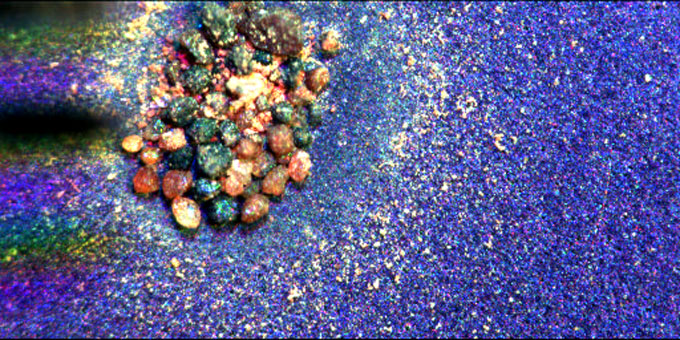Asteroid impacts might have created some of Mars’ sand
The finding reveals how asteroid impacts shape the planet long after they happen

Glassy debris on Mars produced by asteroid impacts (one pictured) is a major component of sand on the Red Planet, a new study suggests.
JPL-Caltech/NASA, University of Arizona








